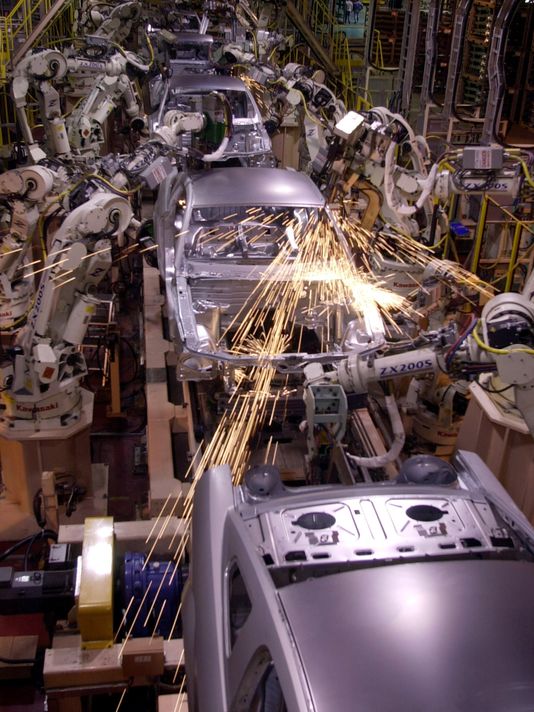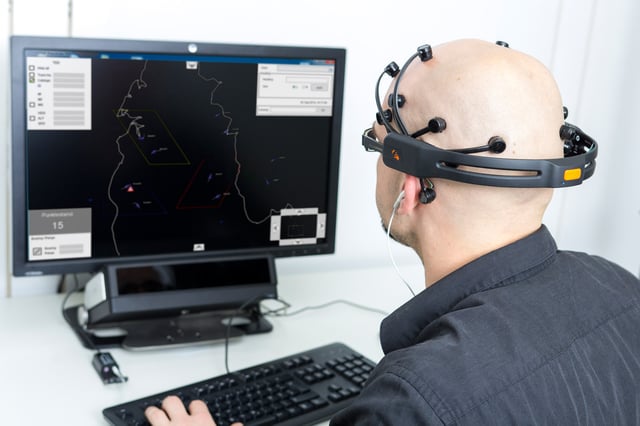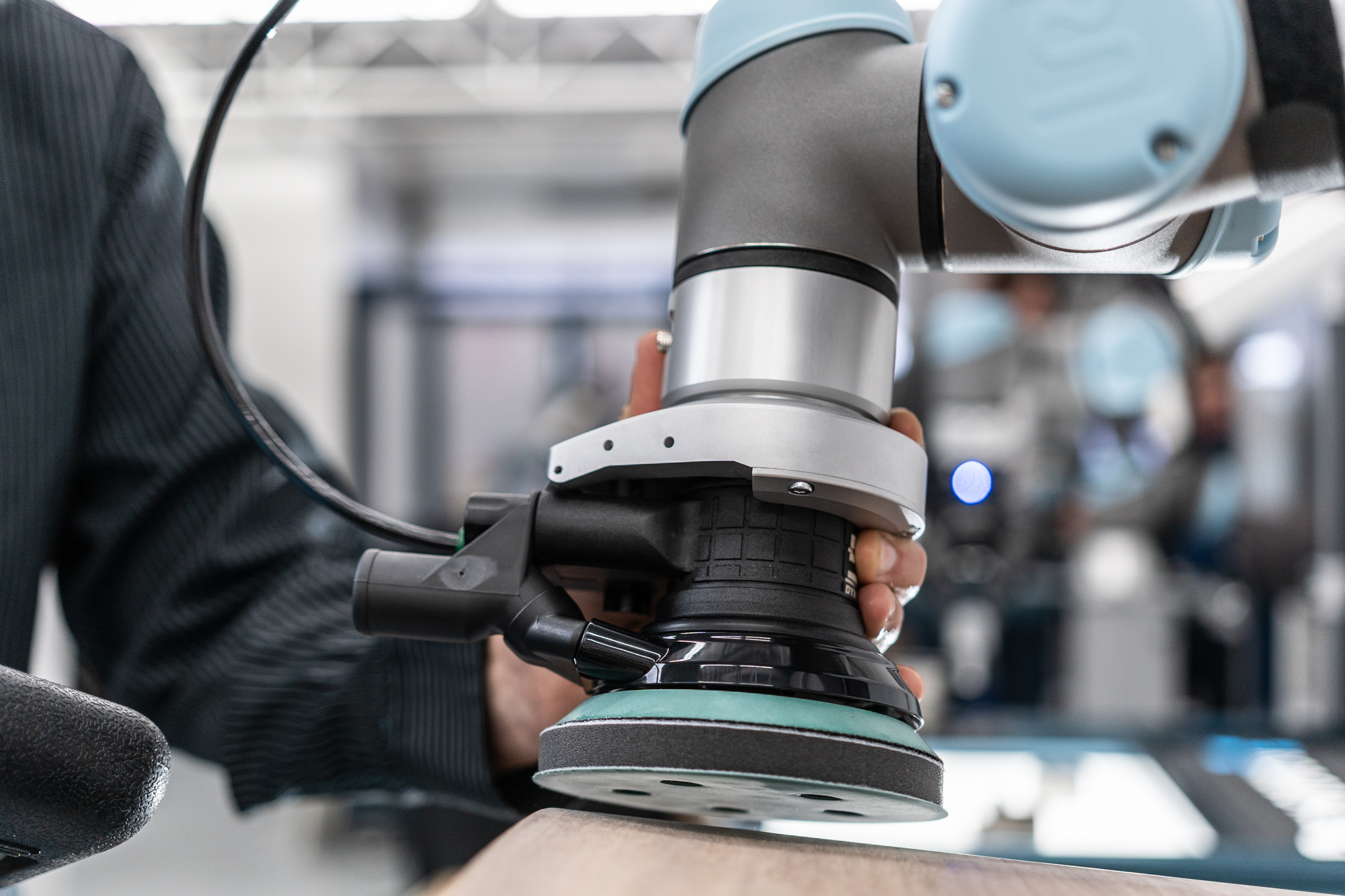What's New In Robotics This Week - Aug 05

Posted on Aug 05, 2016 7:00 AM. 9 min read time
Auto-plant cobots; Hey Human, How you doing?; Is the Chinese robotics sustainable?; White House drone plans; Return to the Uncanny Valley, and much more! Find out what's happening in our robotics universe this week. We hope that the news we have selected will interest and amuse you. Enjoy!
Auto Plant Robots Will Interact with Humans (USA Today)
The car manufacturing plant of the future will include robots that can collaborate with humans, according to Ian Simmons, vice president of business development for Magna International (a Canadian company that supplies components to automakers).

A new wave of collaborative robots will likely be introduced at plants operated by Magna over the next five to 10 years, Simmons said Monday.
The deployment of collaborative robots is possible because of the the cost of advanced sensors that can detect when a robot or a robot arm is near a human are declining and the technology is getting better.
"Safety is of the utmost importance. If they are going to interact with people, then you have to be absolutely sure that it can do so in a safe way," he said.
Simmons also argues that collaborative robots won't have a big impact on the number of workers Magna employs.
"We are never going to replace your human associates on the line," Simmons said. "They have skill sets that at the moment you cannot replace nor would you want to replace them."
Hey Human, How Are You Doing? (Fraunhofer)
A doctoral student at Fraunhofer has developed a diagnostic tool that can recognize user states in real time. User states refers to workload, motivation, situation awareness, attention, fatigue and emotion. The system is designed to intervene if it detects that its human colleague is too tired or distracted to perform a task successfully.

The doctoral student verified her theoretical findings in experiments. She gave test subjects the following task: They had to assume the role of an air traffic controller and steer simulated aircraft safely through a virtual airspace. As stress factors, the number of aircraft was increased, the instructions of the "controllers" were ignored, and background noise was added in some conditions.
Schwarz had previously collected data on individual factors such as level of experience, capabilities, and well-being. EEG sensors on the head, an eye tracker, and an ECG chest strap recorded physiological changes in the test subjects. “We had previously conducted intensive interviews with real air traffic controllers to enable us to reproduce their challenges with man-machine interfaces as accurately as possible“, Schwarz explains.
China’s Robotics Industry Provides Lesson in Out-of-control Debt (The Japan Times)
The rise of robotics in China over recent years is nothing short of astonishing. According to the International Federation of Robotics, 57,096 industrial robots were sold in 2014 in China, 56% more than in 2013. Chinese robot suppliers' sales volume was about 78% higher than in 2013. Meanwhile, foreign robot suppliers increased their sales by 49% to 41,100 units, including robots produced by international robot suppliers in China.

From the IFR:
China, by far the biggest market for industrial robots, is also the fastest growing market worldwide. This rapid development is unique in the history of robotics. There has never been such dynamic rise in such a short period of time in any other market. A wide range of industries have been increasingly investing in automation. Between 2010 and 2014, total supply of industrial robots increased by about 40% per year on average.
China's enthusiasm for robotics is probably best shown through the creation of dozens of "robot parks" --centers for robotics research-- throughout the country.
However, according to The Japan Times, the growth of Chinese government-sponsored robotics intiatives is based on unsustainable levels of debt and the viability of several projects is in question:
It is unclear whether the National Wuhu Robotics Park, which currently produces around 1,000 industrial robots a year but plans to boost output to 10,000, will be a success.
Firms are eligible for subsidized rent, subsidized loans, debt guarantees, and monetary awards to attract top talent.
But despite such support, the park contains only a handful of large established enterprises — including Anhui Effort Intelligent Equipment Co. Ltd, a major manufacturer of automotive and industrial robots.
Chinese officials are also warning about the current state of robotics investment in the country. In June, the National Business Daily reported Vice Minister of Industry and Information Technology Xin Guobin warning that China’s robotics industry is showing signs of overinvestment and of “a high-end sector becoming low-end.”
Meanwhile, The South China Morning Post is reporting that China's robot makers remain optimistic despite the precarious global economic climate, reduced global demand, and an unexpected revival in the labor market.
Japan's Latest Humanoid Robot Makes Its Own Moves (engadget)
This week, the Internet has been freaking out over "Alter," a new, Japanese humanoid robot with an embedded neural network that allows it to move itself.
The technology powering this involves 42 pneumatic actuators and, most importantly, a "central pattern generator."
That CPG has a neutral network that replicates neurons, allowing the robot to create movement patterns of its own, influenced by sensors that detect proximity, temperature and, for some reason, humidity. The setup doesn't make for human-like movement, but it gives the viewer the very strange sensation that this particular robot is somehow alive. And that's precisely the point.
The robot also "sings":
Regular readers will know that a pet peeve of mine is the tendency of headline writers to gather around negative robotics tropes. It was a struggle to find a version of this story that didn't contain the words 'Creepy' or 'Nightmare' in the headline.

This case isn't particularly egregious --the robot in question certainy isn't "cute" by any measure.
But is it really "nightmare-inducing"? What do you think? Do headline writers go too far when it comes to robotics?
(As a side note, I hope somebody somewhere is doing a PhD on the impact of negative media portrayals of robotics on human-robot interaction.)
New Commitments to Accelerate the Safe Integration of Unmanned Aircraft Systems (White House)
In major news for the drone industry, the U.S. White House has announced a series of moves designed to accelerate the safe deployment of unmanned aircraft systems in the national airspace.
The key actions include:
$35 million in research funding by the National Science Foundation (NSF) over the next five years to accelerate the understanding of how to intelligently and effectively design, control, and apply UAS to beneficial applications. This will include areas such as monitoring and inspection of physical infrastructure, smart disaster response, agricultural monitoring, the study of severe storms, and more;A broad range of actions by the U.S. Department of the Interior (DOI) to use UAS to support search and rescue operations, to augment manned aircraft operations, and improve government processes around technological adoption;
A $5 million down-payment by the state of New York to support the growth of the emerging unmanned aircraft systems industry across New York; and
A collective commitment made by UAS industry associations to implement a broad educational effort around privacy best practices for users of UAS technology, among other private-sector commitments to support UAS technologies.
Wall-climbing Mini Robots Build "Entirely New Structures" from Carbon Fibre (De Zeen)
A University of Stuttgart graduate has devised a new method of construction using mini robots that is "cheap, fast and can create structures that would otherwise be impossible to build."
The project constitutes a form of "swarm construction" – a fabrication method, predicted to be common in the future, that involves swarms of small robots working together.
Titled Mobile Robotic Fabrication System for Filament Structures, the project features robots that use sensors and suction to travel across any horizontal or vertical surface, including existing architecture.
Their size and mobility means they can reach areas and create structures that large industrial robots cannot.
And Finally...
Robot dance in east China sets world record (Belarus News)
'Robots can work together with people' (The Korea Times)
Machine Safety: More Than Just Protecting Workers (Automation World)
Suppliers embrace, test 'collaborative' robots (Automotive News)
Here's Why North Dakota Wants to Be Drone Central (Fortune)
Google and Microsoft Want Every Company to Scrutinize You with AI (MIT Technology Review)
Definitive Proof There Will Never Be a Robot Revolution (GQ)
The day of the robot is coming sooner than you think (News.com.au)
This drone could help remove all landmines around the world in 10 years (World Economic Forum)
Space Submarines Could Swim in Extraterrestrial Seas (Discover)









Leave a comment